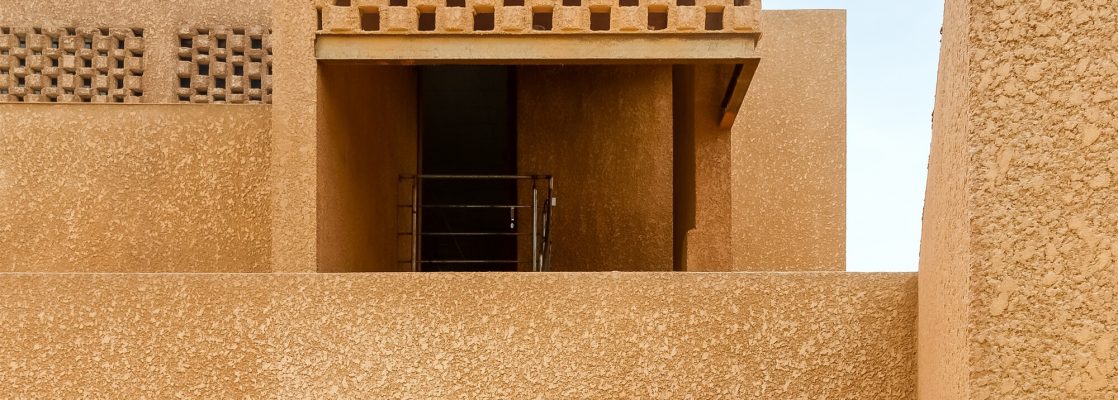
In the realm of home renovation and interior design, the bathroom often holds a unique position. It is a space that demands both functionality and aesthetics, a sanctuary of solitude and a testament to personal style. One of the most critical decisions in designing a bathroom is choosing the right wall material. This article aims to guide you through the process, exploring the various options available, their pros and cons, and the factors to consider in making your choice.
The bathroom wall material you choose can significantly impact the room’s durability, maintenance, and overall look. It’s not just about what wall material to use for the bathroom; it’s about finding the perfect balance between practicality and style.
- Ceramic and Porcelain Tiles: The Timeless Classic
Ceramic and porcelain tiles have long been the go-to choice for bathroom walls. They are water-resistant, durable, and available in a myriad of designs. Porcelain, being denser and less porous than ceramic, offers superior water resistance and durability. However, they can be challenging to install and may feel cold and hard to the touch.
- Natural Stone: The Luxurious Choice
Natural stone, such as marble, granite, or slate, can add a touch of luxury and uniqueness to your bathroom. Each piece is unique, adding character and depth to the design. However, natural stone requires regular sealing to prevent water absorption and staining, making it a higher-maintenance option.
- Glass Tiles: The Modern Alternative
Glass tiles are a modern, chic alternative that can create a sleek, contemporary look. They are non-porous and resistant to stains, mold, and mildew. However, they can be slippery when wet and may require professional installation to prevent chipping or cracking.
- Acrylic Panels: The Practical Solution
Acrylic panels are a cost-effective, low-maintenance alternative to tiles. They are easy to install, water-resistant, and available in various colors and finishes. However, they may not offer the same level of sophistication and longevity as other materials.
- Solid Surface: The Versatile Option
Solid surface materials, such as Corian, offer a seamless, non-porous surface that is easy to clean and maintain. They can be molded into various shapes and sizes, allowing for design flexibility. However, they can be prone to scratches and may require professional installation.
Choosing the right wall material for your bathroom is a decision that should be made with careful consideration. Factors such as your budget, the bathroom’s usage, your design preferences, and your willingness to maintain the material should all play a part in your decision.
Remember, there’s no one-size-fits-all solution when it comes to bathroom wall materials. What works for one person may not work for another. It’s about finding the material that best suits your needs, preferences, and lifestyle.
In conclusion, the journey to finding the perfect bathroom wall material is one of exploration and personal choice. Whether you opt for the classic appeal of tiles, the luxurious touch of natural stone, the modern elegance of glass, the practicality of acrylic, or the versatility of solid surfaces, your choice will ultimately define your bathroom’s character and functionality. Choose wisely, and your bathroom will not only be a space of utility but also a reflection of your personal style and taste.

